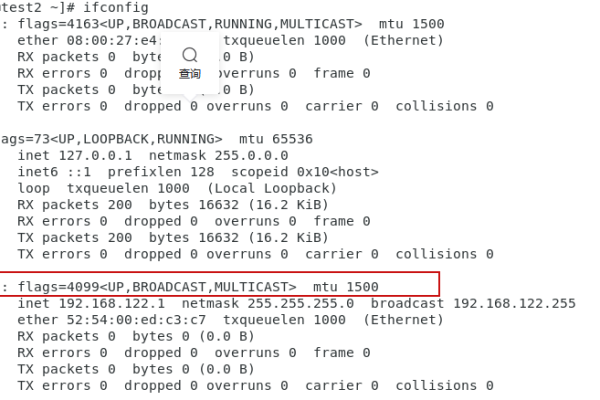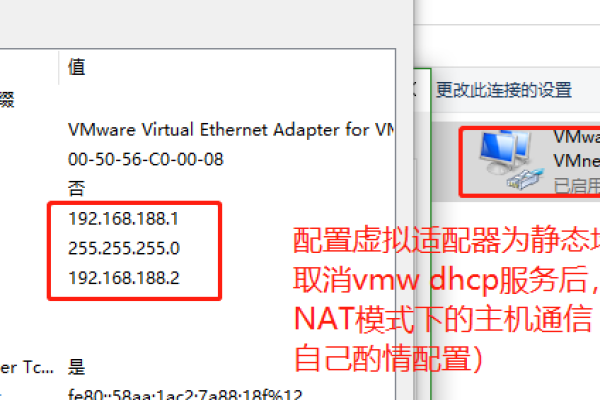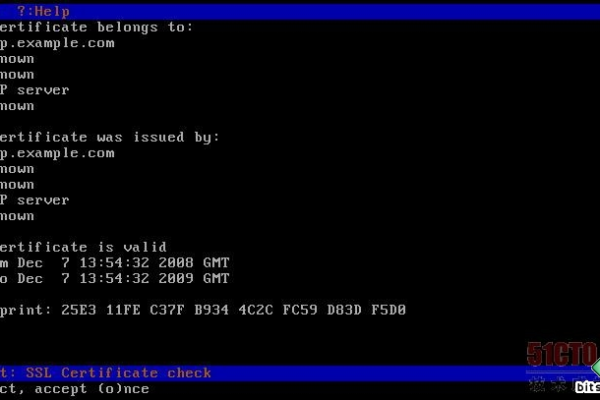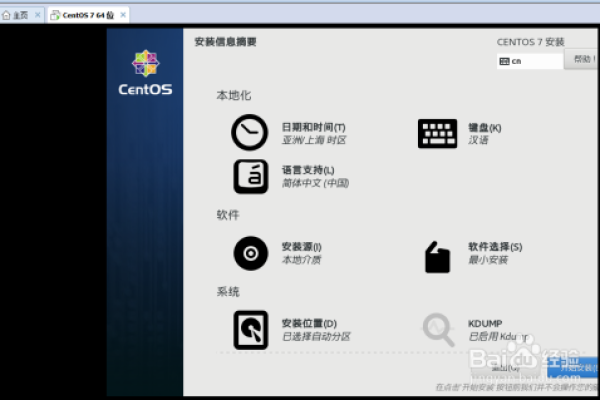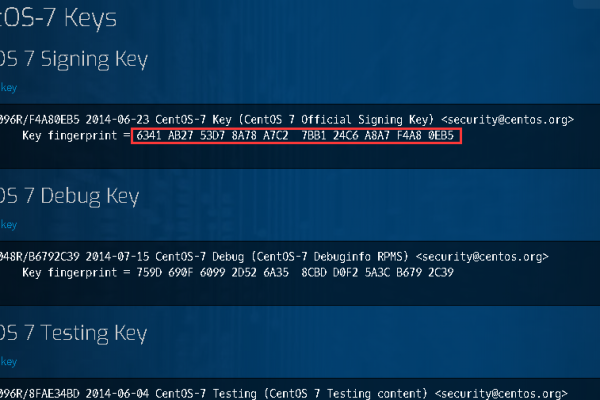如何在CentOS上配置Probe以实现服务器数据采集?
- 行业动态
- 2024-12-11
- 5
CentOS 7 上使用 Probe 进行服务器监控
一、
在 CentOS 7 上使用 Probe 进行服务器监控是一种有效的方法,可以实时获取系统的运行状态并及时发现潜在问题,Probe 是一个轻量级的监控工具,能够提供详细的系统资源使用情况,包括 CPU、内存、磁盘和网络等,本文将详细介绍如何在 CentOS 7 上安装、配置和使用 Probe,以便实现对服务器的全面监控。
二、安装前准备
1、更新系统:确保系统软件包是最新的,执行以下命令:
sudo yum update -y
2、安装必要的依赖:Probe 需要一些基本的依赖项,如 Java 运行时环境和 Web 服务器(如 Apache Tomcat),执行以下命令来安装这些依赖:
sudo yum install java-1.8.0-openjdk tomcat -y
三、下载与安装 Probe
1、下载 Probe:从官方网站或可信源下载最新版本的 Probe,可以使用 wget 命令下载:
wget https://example.com/probe.war -O /tmp/probe.war
2、将 Probe 部署到 Tomcat:将下载的 probe.war 文件复制到 Tomcat 的 webapps 目录下:
sudo cp /tmp/probe.war /usr/share/tomcat/webapps/
3、启动 Tomcat:确保 Tomcat 服务正在运行:
sudo systemctl start tomcat sudo systemctl enable tomcat
4、访问 Probe:打开浏览器,访问 http://your_server_ip:8080/probe,如果一切正常,应该可以看到 Probe 的登录界面,默认用户名和密码通常是 admin/admin。
四、配置 Probe
1、创建管理员用户:为了安全起见,建议创建一个专门的管理员用户来管理 Probe,编辑 Tomcat 的配置文件tomcat-users.xml,添加一个新的角色和用户:
<role rolename="manager-gui"/> <user username="admin" password="password" roles="manager-gui"/>
保存文件后重新启动 Tomcat 服务使更改生效。
2、配置环境变量:为了让 Probe 能够正确收集 JVM 的性能数据,需要设置一些环境变量,编辑/etc/profile 文件,添加以下内容:
export CATALINA_HOME=/usr/share/tomcat export JAVA_OPTS="-Dcom.sun.management.jmxremote"
然后执行source /etc/profile 使环境变量立即生效。
3、优化 JVM 参数:根据需要调整 Tomcat 的 JVM 参数以优化性能,编辑/etc/tomcat/tomcat.conf 文件,添加或修改以下参数:
export CATALINA_OPTS="-Xms512m -Xmx1024m -server -XX:+UseG1GC -XX:MaxGCPauseMillis=200 -XX:+HeapDumpOnOutOfMemoryError -XX:HeapDumpPath=/var/log/tomcat/heapdump.hprof -Djava.awt.headless=true -Djava.net.preferIPv4Stack=true -Dorg.apache.jasper.compiler.disablejsr199=false"
五、使用 Probe 进行监控
1、登录 Probe:使用之前创建的管理员账户登录 Probe 界面。
2、查看系统信息:登录后,可以看到详细的系统信息页面,包括操作系统版本、CPU 使用率、内存使用情况、磁盘空间和网络流量等。
3、监控应用程序:Probe 还支持监控部署在 Tomcat 上的 Web 应用程序,可以在“Applications”标签页下查看各个应用的状态和性能指标。
4、设置警报:Probe 允许设置警报阈值,当某个指标超过预设值时发送通知,进入“Alerts”标签页,配置所需的警报规则。
5、生成报告:Probe 提供了丰富的报告功能,可以定期生成 HTML 格式的性能报告,在“Reports”标签页下设置报告生成的频率和存储路径。
六、FAQs
Q1: Probe 无法连接到 Tomcat 怎么办?
A1: 确保 Tomcat 服务正在运行,并且防火墙设置允许访问 Tomcat 端口(默认为 8080),检查 Tomcat 日志文件以获取更多错误信息。
Q2: 如何更改 Probe 的默认登录凭据?
A2: 编辑 Tomcat 的tomcat-users.xml 文件,找到角色为“manager-gui”的用户,修改其用户名和密码即可,记得保存文件并重启 Tomcat 服务。
通过以上步骤,您可以在 CentOS 7 上成功安装和配置 Probe,用于实时监控服务器的状态,Probe 提供了一个直观易用的界面,使得监控系统资源变得更加简单高效,它还支持多种高级功能,如警报设置和性能报告生成,有助于进一步提升系统的稳定性和可靠性,希望本文能帮助您更好地利用 Probe 进行服务器监控。

